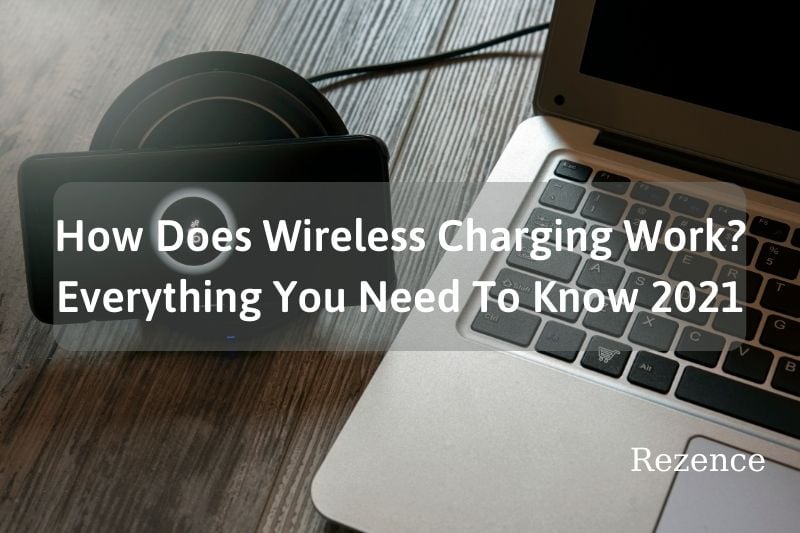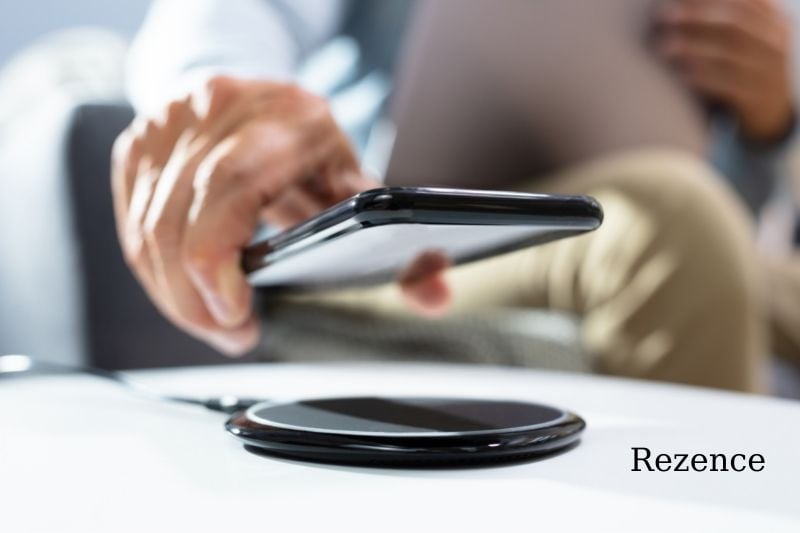What Is Wireless Charging?
Wireless charging allows you to transfer your power outlet to your device or multiple devices without the need for a cable.
It includes a power transmitting device and a receiver. Sometimes, the receiver coil is attached to a mobile phone or integrated into the phone. It is not cable-free as the pad will have a cable running from the outlet to it.
Since the Galaxy S6, Samsung has supported wireless charging. Huawei has introduced it with the Mate20 Pro mobile device.
Popular smartphones that support wireless charging with the adoption of Qi include Apple iPhone X, iPhone 8, and iPhone 8 Plus. It’s been featured in the iPhone XS, XS Max, iPhone 11, and 12 series.
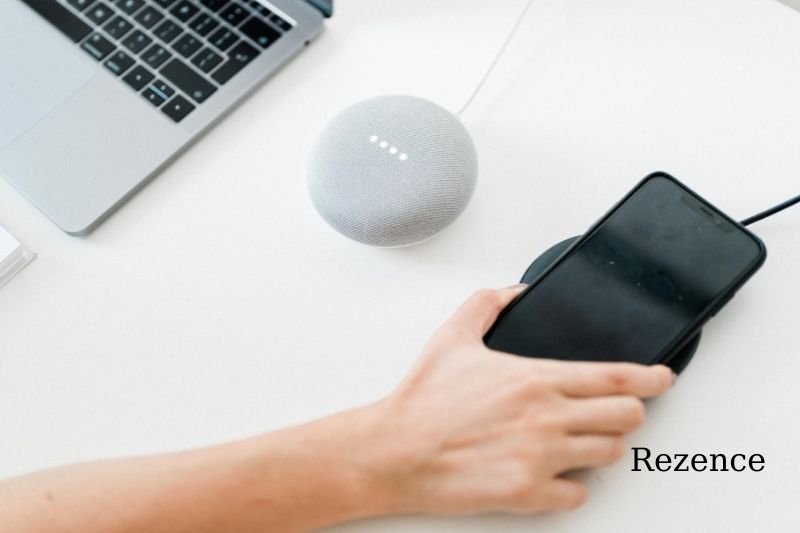
How Wireless Charging Works?
According to David Green (IHS Markit research manager), there are three types of wireless chargers:
- Those that use electromagnetic inductive charging, whether tightly coupled or not
- Charging bowls and through-surface chargers that use radiative electromagnetic resonance charging to transmit a charge within a few centimeters
- Uncoupled radio frequency (RF), which allows for trickle charging at long distances.
Both loosely coupled inductive charging and tightly coupled inductive charging work on the same principle: A time-varying magnetic field inducing a current within a closed-loop wire creates that current.
It works as follows: A magnetic loop antenna (copper coil) is used to create an oscillating magnetic field that can produce a current in one of the receiver antennas.
The amount of induced current available to the receivers can be increased by adding the correct capacitance so that they resonate at the same frequency.
This is magnetic resonance or resonant charging. It allows power transmission to be carried at greater distances and improves efficiency. The distance that power transfers can be made depends on the size of the coil or how many coils are present.
For example, in the case of wireless charging pads for smartphones, the copper coils only measure a few inches. This severely limits the distance that power can travel.
Another important development is reverse wireless charging. This allows a phone to wirelessly charge its battery from another device.
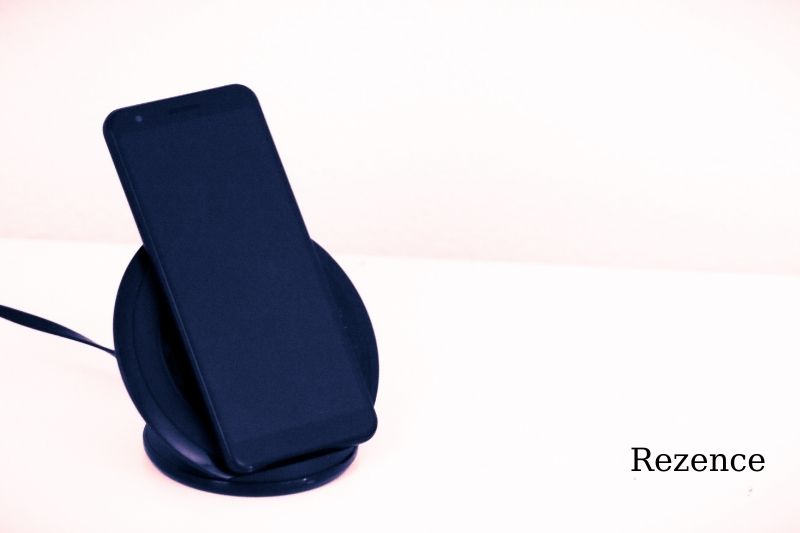
However, larger coils can transmit more energy wirelessly. WiTricity, a company that was founded from research at MIT a decade back, pioneered this tactic. It licenses loosely coupled, resonant technology to everything from cars and wind turbines to robots.
Marin Soljacic, MIT physics professor, proved that he could transfer electricity over a distance of 2 meters. At the time, power transfer efficiency was only 40% at this distance. This meant that 60% of the power was lost to translation. To commercialize the technology, Soljacic founded WiTricity later in 2007.
With WiTricity’s car-charging system, large copper coils measuring over 25 cm in diameter are used to charge cars. They can transfer power over distances of up to 25 cm.
According to Morris Kesler, WiTricity’s CTO, resonance allows for high power transmission (up to 11kW) and high efficiency (92% end-to-end). WiTricity also includes capacitors in its conducting loop. This increases the energy that can be captured to charge a battery.
This wireless power transfer system is not just for cars. Last year, Japan’s robotics manufacturer Daihen Corp. started shipping a wireless power transmission system that uses WiTricity technology for automated guided vehicles (AGVs).
AGVs with Daihen’s D-Broad wireless charger technology can pull up at a charging station to charge up; then, they can go about their warehouse duties.
Although charging from a distance is a great idea, wireless charger has been limited to charging pads.
The Nokia 920 was the first smartphone to feature a built-in wireless charging pad. It was released in September 2012.
Wireless Charging Pad Standards Are In A Battle
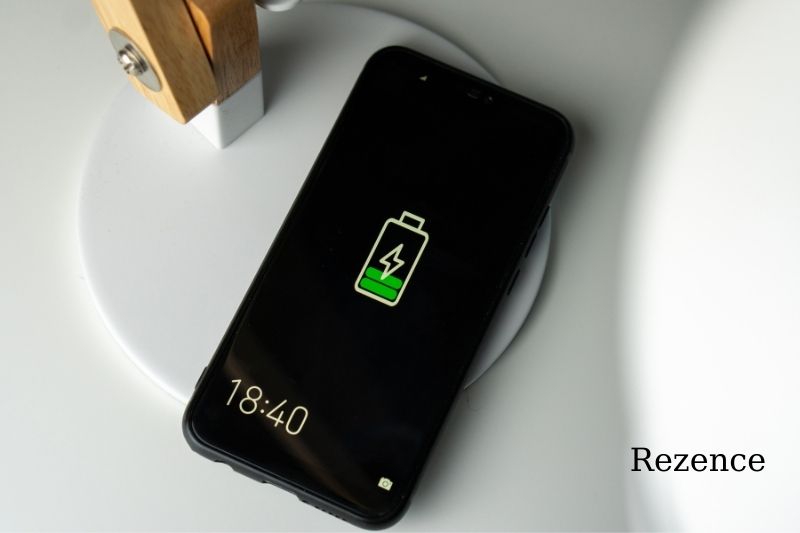
There were three different wireless charging standards groups that focused on resonance or inductive charging specifications for several years:
- The Alliance for Wireless Power
- The Power Matters Alliance
- The Wireless Power Consortium.
This 296-member group includes Apple, Verizon, Google, and many other electronics manufacturers.
Wireless power consortium WPC developed the most widely used wireless charging standard, Qi (pronounced “chee”) which allows pad-style or inductive charging as well as short-distance (1.5cm) electromagnetic resonant charging. Apple uses the Qi standard.
PMA and Powermat’s inductive charging specification had success piloting their wireless charging technology at airports and coffee shops. Starbucks began offering wireless charger stations in 2014.
Mobile device support was fragmented due to competing standards. Most mobile devices require an adaptable case to allow wireless charger.
AirFuel also announced wireless charger in some McDonald’s restaurants. Freas said that this is just one example of wireless charger pad that could be more widely adopted.
Witricity And Wireless Chargers In Vehicles
Dell’s Latitude laptop was released in July with wireless charging technology from WiTricity. WiTricity is a Watertown – Mass. company that licenses technology originally developed by the Massachusetts Institute of Technology (MIT).
A Dell wireless charger can charge Latitude laptops at the same speed as plugged into a wall outlet. It has a maximum of 30W charging power.
However, WiTricity’s primary focus is on the auto industry. According to Alex Gruzen, CEO of WiTricity, the company is part of AirFuel Alliance and expects a few electric car manufacturers to announce wireless charging for their cars.
The company’s electromagnetic resonance technology allows power transfer up to nine inches from a charging station. This would enable electric cars to be charged by simply parking on top of large charging pads.
Kesler stated that the electric vehicle application was made for the electromagnetic resonant charge. The wireless charging pads deliver electricity much more efficiently than a traditional cable, and a vehicle does not need a charging cord.
Kesler stated that wireless charging systems use electronics to convert AC into DC and regulate power flow, which reduces efficiency to around 86%.
Kesler stated that this charging is 93% efficient at all points – from the wall to the battery.
Is There A Seller Of Wireless Charging Mats Or Stands?
Many peripheral manufacturers have their own wireless chargers, including Anker and Logitech, Moshi, and Mophie. Some look like mats, while others are desk stands.
The wireless charger is becoming more common. Swedish flat-pack giant Ikea sells a range of furniture that has Qi embedded into it. You can also purchase standalone wireless charging pads and a variety of cases for different phones from the furniture chain.
Apple’s wireless charging mat, AirPower, was never launched. However, there are many third-party versions available that will charge your iPhone and Apple Watch wireless charging case as do many other wireless earphones now.
Is Wireless Charging Fast?
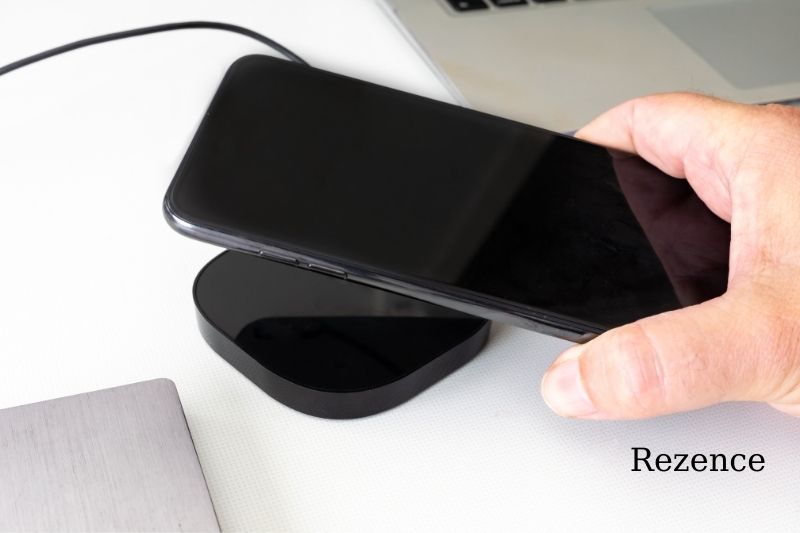
Although wireless charger pad is convenient, it’s not ideal.
Most devices can charge at 10W (watts), but some chargers can deliver power at 15W. Fast wired charger adapters can charge at a maximum speed of 30W.
This charging generates heat, which is why this limit has been set. Your phone won’t be damaged by charging at a low wattage, and its battery will last longer than usual.
However, your battery’s health can be affected if you keep your phone connected to a power source for too long after it has fully charged.
If wireless charging were 100% efficient, the gap between charging speeds would not be a problem. But it isn’t. A phone case can be an extra barrier between your phone and the charger, slowing down charging.
While older wireless chargers won’t work if a case is on your phone, newer models can. Incorrect alignment of the coils between your phone and the charger can affect the charging speed or cause intermittent charging.
This technology is improving rapidly, which is a plus. Wireless charging industry has improved rapidly in recent years.
For instance, the older chargers could only output 5W of power, while the iPhone X, which was the first to support it, can wirelessly charge at 7.5W.
The gap between wireless charger and wired charger will shrink as wireless charging is more efficient and faster. It’s a tradeoff for now.
FAQs
What Are The Pros Of Wireless Charging?
This is a safe and secure way to transfer power from your phone. It’s easy to drop your phone on the charger pad.
This reduces the strain on your phone’s charging port. You can charge your phone with Qi wireless charging stations that are installed all over the globe.
What Are The Cons Of Wireless Charging?
It can be slower, especially for Quick Charge-equipped phones. However, plugging into a wall outlet is much faster for these devices.
You can hold your phone while it charges via a cable and continue to use it as usual. It will stop charging if you remove your phone from a wireless charging pad. It is not available on all phones.
Wireless Charging Is Harmful?
It is safe, short answer. This charging creates a small electromagnetic field that is no greater than the WiFi network in your home or office. You can wirelessly charge your mobile phone from your desk at work or on your nightstand.
Which Is Faster, Wired Charging Or Wireless Charging?
Wireless charging is rapidly surpassing universal wired charger standards. … This wide range of speeds and standards is not limited to traditional wired chargers. Wireless charging is also on the rise, promising lightning-fast speeds that surpass the wired charger capabilities of most phones.
Read the full article: http://rezence.com/wireless-charging-vs-wired-charging/
Conclusion
The type of your phone, its capabilities, and your personal preferences will all play a role in choosing the right wireless charger. You can check the specifications to find out how fast the charger can charge, and then choose the best wireless charger that suits your needs and lifestyle.
While wireless charging does not make your phone perform differently, it can alter how you use it. We hope you find this article helpful. If you have any questions, feel free to leave a comment on this article below.

